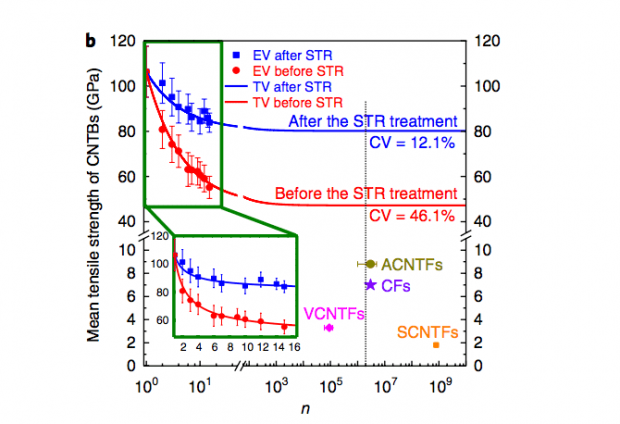
Breaking News
 They've Been Feeding You Poison (And Calling It Food)
They've Been Feeding You Poison (And Calling It Food)
 Tattoo ink may cause prolonged changes to the immune system
Tattoo ink may cause prolonged changes to the immune system
 Travel gadget promises to dry and iron your clothes – totally hands-free
Travel gadget promises to dry and iron your clothes – totally hands-free
 Duckweed: A sustainable, protein-packed food source smeared by Big Ag
Duckweed: A sustainable, protein-packed food source smeared by Big Ag
Top Tech News
 Perfect Aircrete, Kitchen Ingredients.
Perfect Aircrete, Kitchen Ingredients.
 Futuristic pixel-raising display lets you feel what's onscreen
Futuristic pixel-raising display lets you feel what's onscreen
 Cutting-Edge Facility Generates Pure Water and Hydrogen Fuel from Seawater for Mere Pennies
Cutting-Edge Facility Generates Pure Water and Hydrogen Fuel from Seawater for Mere Pennies
 This tiny dev board is packed with features for ambitious makers
This tiny dev board is packed with features for ambitious makers
 Scientists Discover Gel to Regrow Tooth Enamel
Scientists Discover Gel to Regrow Tooth Enamel
 Vitamin C and Dandelion Root Killing Cancer Cells -- as Former CDC Director Calls for COVID-19...
Vitamin C and Dandelion Root Killing Cancer Cells -- as Former CDC Director Calls for COVID-19...
 Galactic Brain: US firm plans space-based data centers, power grid to challenge China
Galactic Brain: US firm plans space-based data centers, power grid to challenge China
 A microbial cleanup for glyphosate just earned a patent. Here's why that matters
A microbial cleanup for glyphosate just earned a patent. Here's why that matters
 Japan Breaks Internet Speed Record with 5 Million Times Faster Data Transfer
Japan Breaks Internet Speed Record with 5 Million Times Faster Data Transfer
Breakthrough Carbon nanotube bundles are over 20 times stronger than Kevlar

If a more rigorous engineering definition is used, the tensile strength of macroscale CNTBs is still 5–24 times that of any other types of engineering fiber, indicating the extraordinary advantages of ultralong Carbon nanotubes in fabricating superstrong fibers.
The work was done at Tsinghua University and other facilities in Beijing. Researchers were Yunxiang Bai, Rufan Zhang, Xuan Ye, Zhenxing Zhu, Huanhuan Xie, Boyuan Shen, Dali Cai, Bofei Liu, Chenxi Zhang, Zhao Jia, Shenli Zhang, Xide Li & Fei Wei.
A synchronous tightening and relaxing (STR) strategy further improves the alignment of the carbon nanotubes to increase the strength.
Superstrong fibers are in great demand in many high-end fields such as sports equipment, ballistic armour, aeronautics, astronautics and even space elevators. In 2005, the US National Aeronautics and Space Administration (NASA) launched a 'Strong Tether Challenge', aiming to find a tether with a specific strength up to 7.5GPa cm3 per gram for the dream of making space elevators. Unfortunately, there is still no winner for this challenge. The specific strength of existing fibres such as steel wire ropes (about 0.05–0.33 GPa cm3 per gram), carbon fibres (about 0.5–3.5GPa cm3 per gram) and polymer fibers (about 0.28–4.14GPa cm3 per gram) is far lower than 7.5GPa cm3 per gram). Carbon nanotubes, with inherent tensile strength higher than 100GPa and Young's modulus over 1TPa, are considered one of the strongest known materials.

 Advanced Propulsion Resources Part 1 of 2
Advanced Propulsion Resources Part 1 of 2

